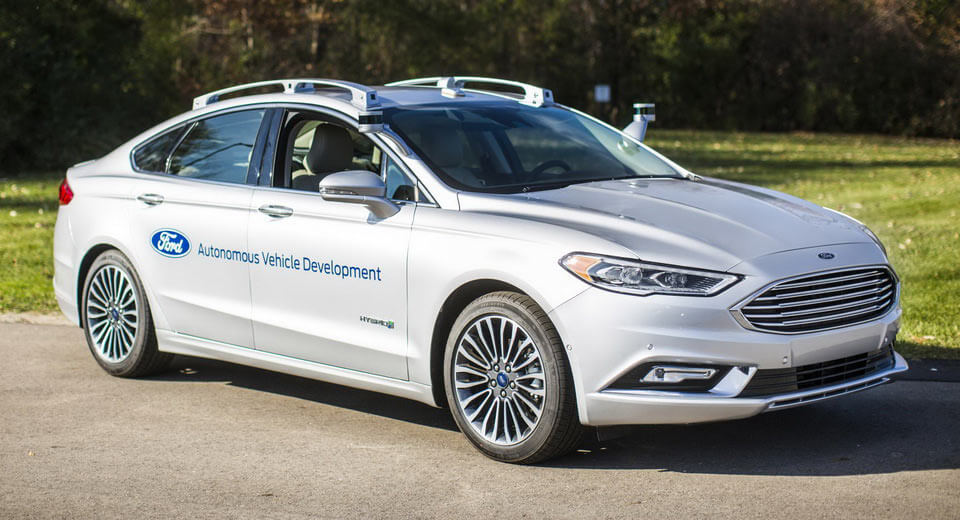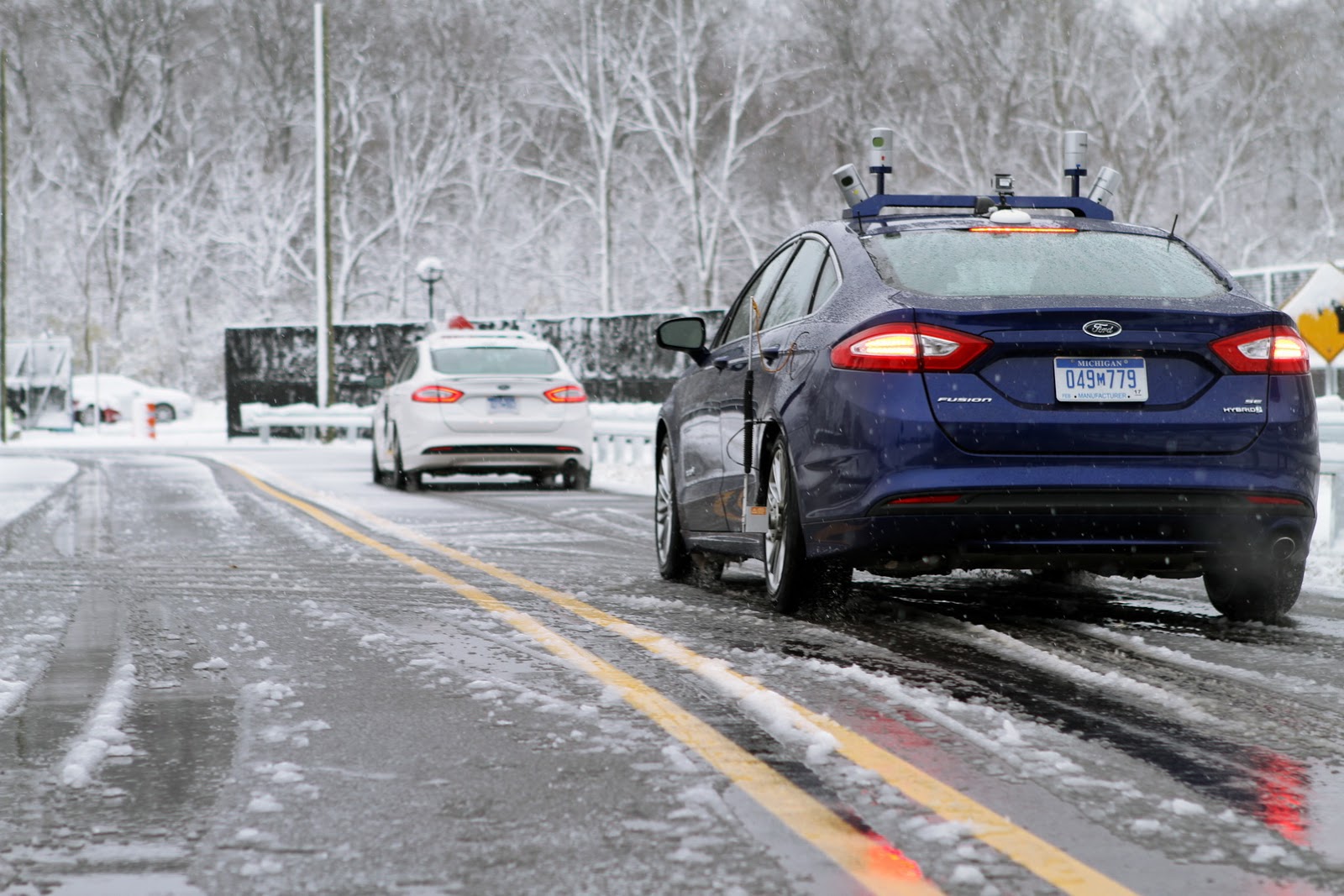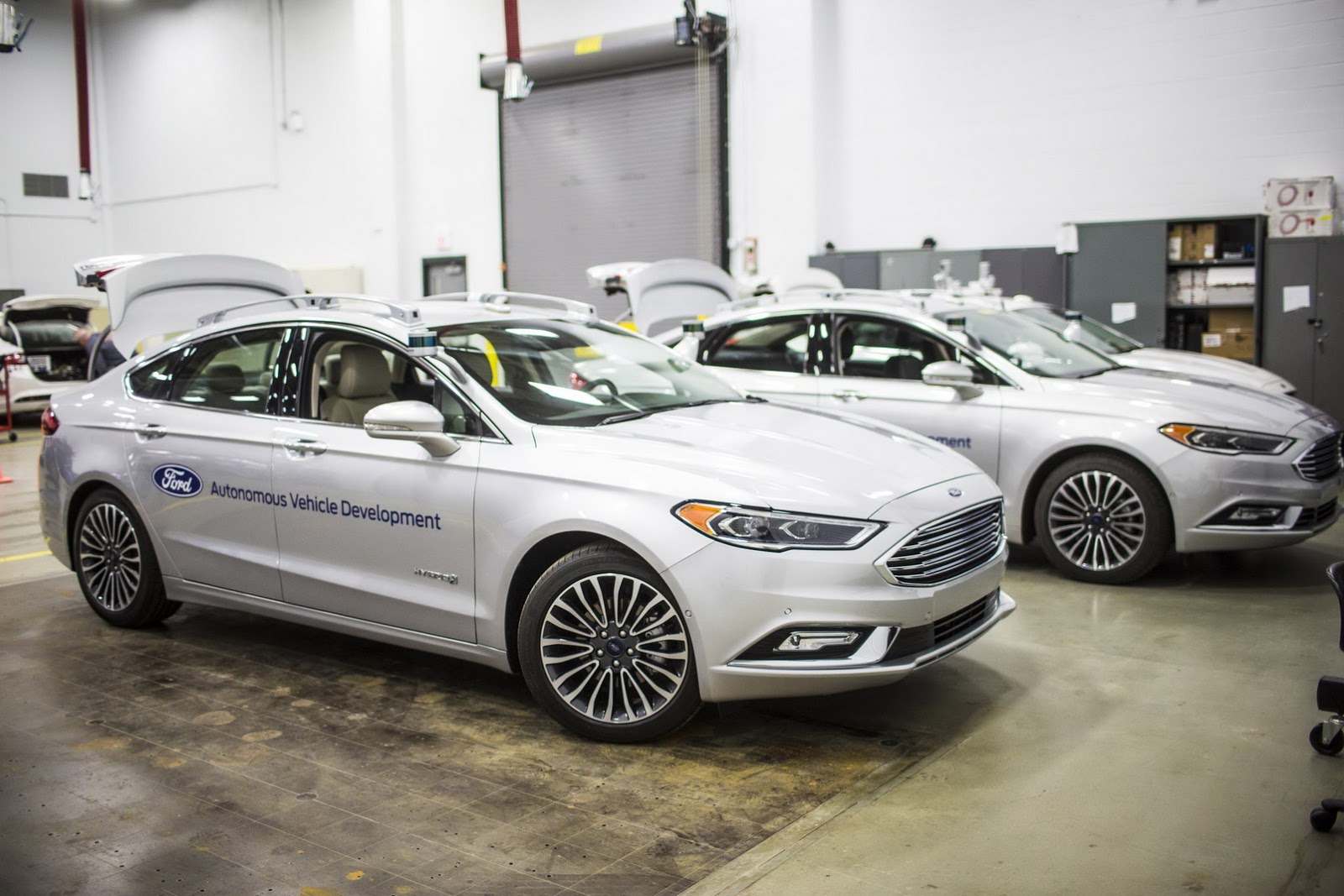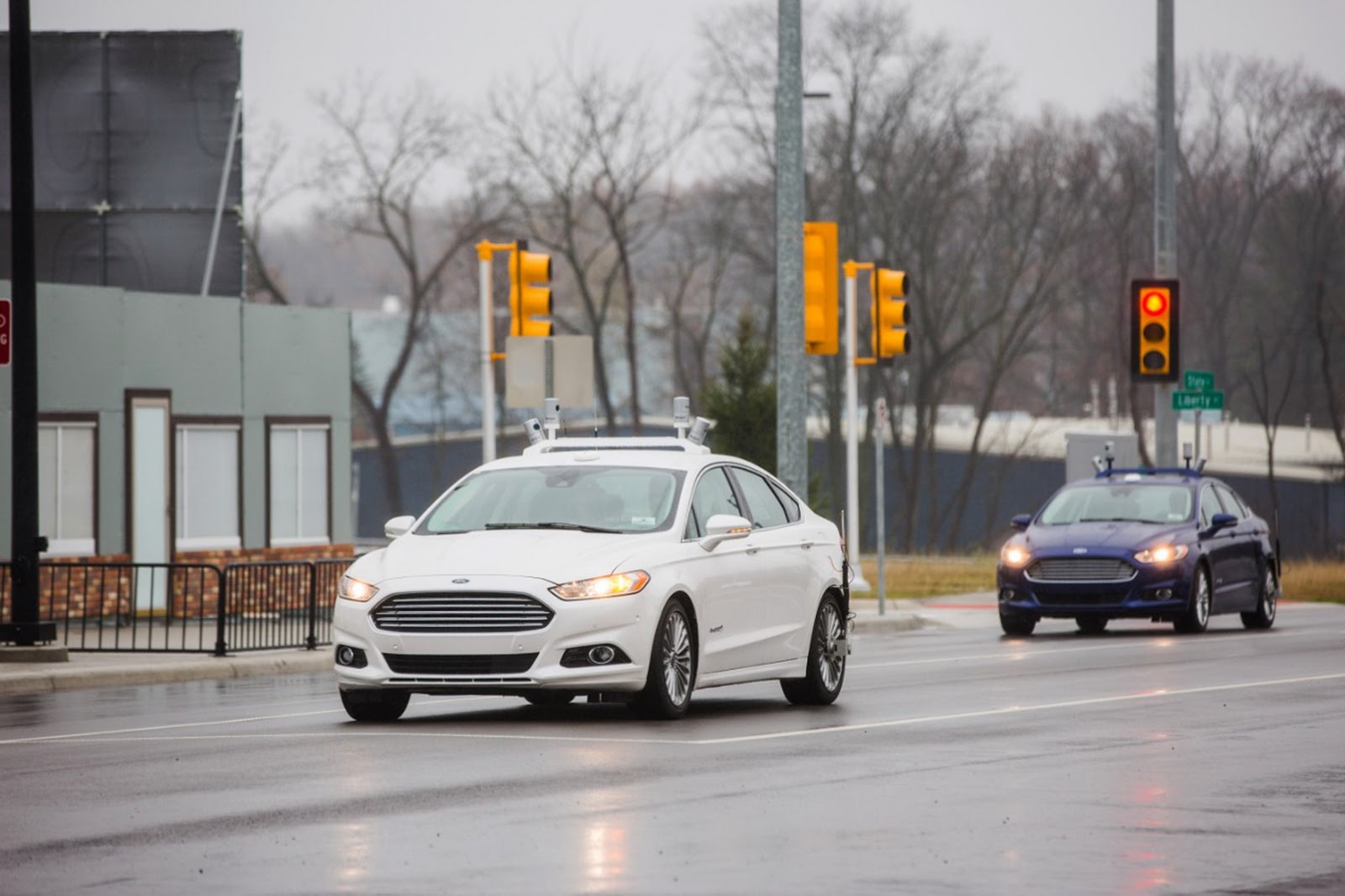Ford is reshuffling its plans with regards to autonomous tech development, bringing the focus back on Level 3 systems as opposed to Level 4. The automaker is also continuing to develop Level 2 driver-assistance features, such as blind spot monitoring and lane-keeping systems.
Back in 2016, Ford said it would mostly bypass Level 3 systems and explore Level 4 autonomy, where vehicles don’t require any human control, reports Autonews Europe.
The reason why Ford execs said that was because back then, they didn’t know how to manage the transfer of control from car to driver in a responsible manner.
“We abandoned the stepping-stone approach of driver-assist technologies and decided we’d take the full leap to deliver a fully autonomous Level 4-capable vehicle,” stated Raj Nair, Ford’s former president of North America, at an event in August of 2016. Back then, company execs claimed that this approach was unique and would set Ford apart from rivals such as GM.
Fast forward to 2019 and Ford is yet again willing to go with a stepping-stone approach, using cameras and other systems that can make sure drivers are paying attention to the road and thus transfer control responsibly – much like Cadillac’s Super Cruise system, which uses retinal detection.
“Taking steps to get there as opposed to a big bang is more practical,” claims Marcy Klevorn, Ford’s president of mobility. “I think it allows us to provide autonomy in step functions to get people used to it. Acceptance is going to be a big deal; this is totally a different way to move.”
Meanwhile, Ford is planning on deploying Level 4 commercial vehicles on a mass scale in 2021, although in the meantime, the focus will be on advanced semi-autonomous systems.
“If you go right to full autonomy, the acceptance curve will be very steep, and you won’t have as much to learn about how humans interact with autonomy. If you just take that leap, you miss out on all those learnings.”
“I think 2019 is the year of getting real, delivering and executing for a lot of us,” concluded Klevorn.






